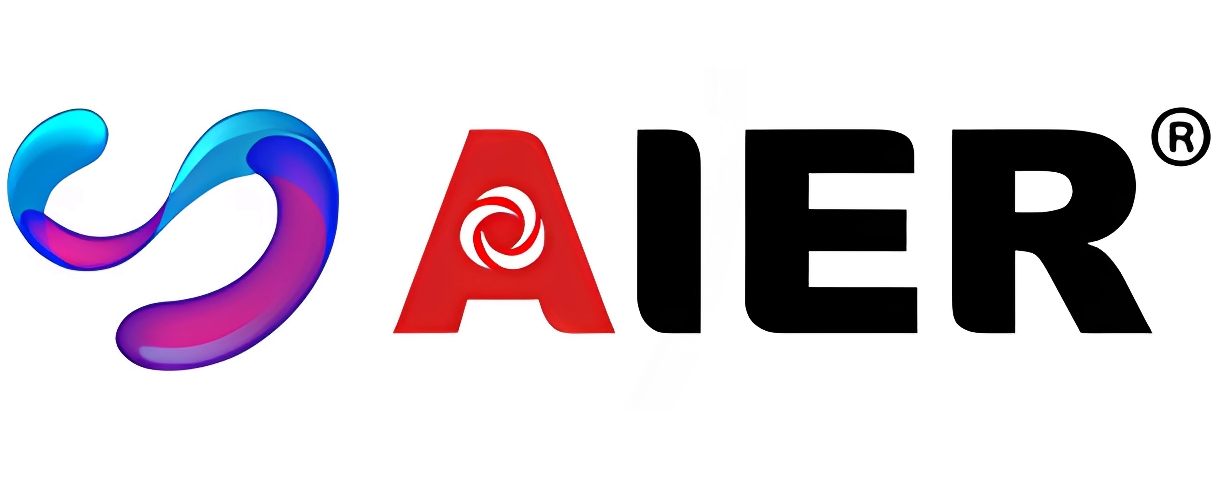नवम्बर . 09, 2024 18:51 Back to list
Types of Impellers for Slurry Pump Manufacturing and Their Applications
Understanding Slurry Pump Impeller Types and Their Importance in Manufacturing
Slurry pumps play a crucial role in industries that handle solid-liquid mixtures, such as mining, wastewater treatment, and construction. Central to the functionality of these pumps is the impeller, which is responsible for imparting energy to the slurry and facilitating its movement through the system. The design and type of impeller can significantly impact the efficiency, performance, and longevity of slurry pumps, making it essential for manufacturers to understand the various options available.
Types of Slurry Pump Impellers
1. Closed Impellers Closed impellers are the most commonly used type in slurry pumps. They consist of two or more shrouds that encase the blades, providing a confined flow path. This design enhances the efficiency of the pump by maximizing the energy transfer from the impeller to the slurry. Due to their streamlined design, closed impellers are particularly effective for transporting viscous slurries and are less prone to wear, making them a preferred choice for many applications.
2. Open Impellers Open impellers, in contrast, have no shrouds, exposing the blades directly to the flow. This type is often utilized in applications where the slurry contains large particles or fibrous materials that could clog a closed impeller. The simple design of open impellers allows for easier maintenance and cleaning, making them suitable for less demanding conditions or where the fluid contains solids that can hinder flow.
3. Semi-Open Impellers Semi-open impellers offer a compromise between the closed and open designs. They feature a shroud on one side, providing some level of protection for the blades while still allowing for the passage of larger particles. This design is particularly beneficial in applications where the slurry is variable or where both fine and coarse particles are present, providing flexibility while maintaining performance.
4. Vortex Impellers Vortex impellers are designed for handling slurries with high solid content and those that may contain stringy or fibrous materials. The unique shape of the vortex impeller allows for a whirlpool effect that keeps solids suspended and prevents blockage. This design is particularly effective in sewage and dredging applications where the slurry can vary significantly in composition.
5. Progressive Cavity Impellers While not a traditional impeller type, progressive cavity designs are used in specific slurry applications requiring consistent and gentle handling of the mixture. This type of pump uses a helical rotor to create a series of sealed cavities that transport the slurry without causing shear or turbulence, making it ideal for sensitive materials.
slurry pump impeller type factories

Factors Influencing Impeller Selection
Choosing the right impeller type for slurry pumps involves considering several factors
- Particle Size and Composition The size and nature of the solids in the slurry dictate the appropriate impeller design. Larger particles may require open impellers, while fine particulates might be better suited for closed designs.
- Viscosity of the Slurry Slurry viscosity directly affects the required pump power and the efficiency of energy transfer. Understanding the fluid dynamics can help determine the best impeller type to maintain flow without excessive wear.
- Operating Conditions Factors such as temperature, pressure, and the presence of abrasive materials influence impeller longevity and performance. Manufacturers must assess these conditions to select an impeller that can withstand the operational environment.
- Maintenance Needs Some impeller types are easier to maintain and replace than others. Manufacturers should consider the lifecycle of the impeller and ease of access for repairs when making their selection.
Conclusion
The selection of the appropriate slurry pump impeller type is fundamental to ensuring efficient operation and durability in challenging industrial conditions. Understanding the various types of impellers—closed, open, semi-open, vortex, and progressive cavity—enables manufacturers to tailor their equipment to specific applications. By carefully considering factors such as particle size, slurry viscosity, and operating conditions, industries can optimize their slurry pumping solutions, ultimately enhancing productivity and reducing operational costs. As technology continues to evolve, keeping abreast of the advancements in impeller design will be key to maintaining a competitive edge in the market.
-
Small Dredger and Marine Pontoon-Aier Machinery|Dredging Solutions&Marine Equipment
NewsAug.11,2025
-
Centrifugal Submersible Pump Manufacturer | Durable & Efficient
NewsAug.11,2025
-
Small Dredger and Marine Pontoon Solutions by Aier Machinery Hebei Co., Ltd
NewsAug.11,2025
-
Small Dredger and Marine Pontoon - Aier Machinery Hebei Co., Ltd | Industrial Dredges, Marine Pontoons
NewsAug.11,2025
-
Small Dredger and Marine Pontoon - Aier Machinery Hebei Co., Ltd. | Industrial Efficiency & Durable Solutions
NewsAug.11,2025
-
Small Dredger and Marine Pontoon - Aier Machinery Hebei Co., Ltd | Gold Mining Equipment, Durable Dredging Solutions
NewsAug.10,2025
